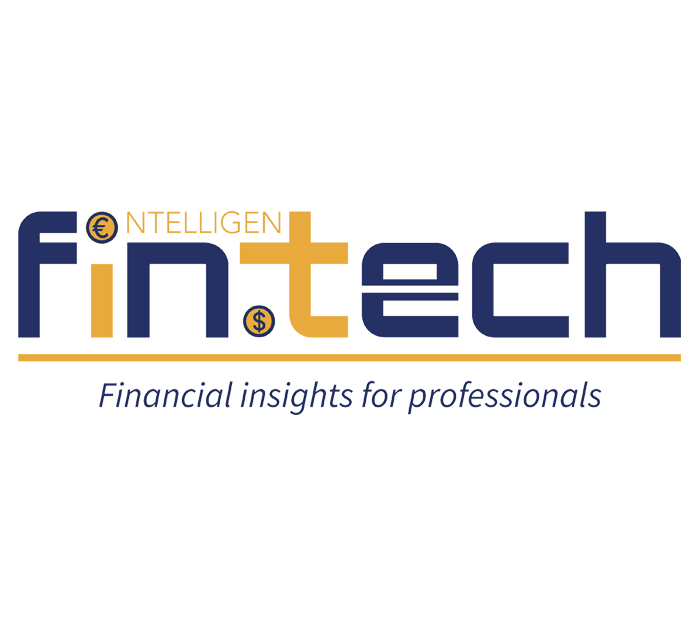By leveraging open-source software, organisations in the Middle East can benefit from cost advantages, customised solutions, enhanced security while delivering exceptional journeys that align with regional preferences and requirements says Moussalam Dalati, General Manager, Middle East and Africa at Liferay.

The vast majority of companies see improving customer experience as the key to successfully mastering their digital transformation, which as per a forecast by IDC, is expected to more than double across the 2021 to 2026 period in the META region. As per the report, digital transformation spending in the region will accelerate at a CAGR of 16% over the five years, topping US$74 billion in 2026.
Customer experience is one of the key business dimensions, in addition to operations and financial management, that are being tested for greater efficiencies for business success with digital transformation investments. Meeting and exceeding customer experiences, no doubt, has become essential to increase sales output. Numerous other studies also establish a direct correlation between growth or profit and an improvement in the customer experience.
When it comes to customer experience, the entire customer journey should be envisioned. This means that if businesses want to strategically improve their CX, they have to do so across all phases of the customer relationship, including the post-purchase phases.
From a strategic point of view, if businesses want to improve their customer experience, they must make this a top priority and anchor it on its corporate strategy and drive it from the management. From an organisational point of view, if organisations want to improve their customer experience, they have to work across departments.
From a technical point of view, if businesses are looking to improve their customer experience, they have to rely on a digital experience platform. This is because these new web platforms enable personalised customer experiences throughout the entire business cycle.
But even that does not answer all the questions. After all, it is quite important whether a digital experience platform is based on an open source standard or represents a proprietary provider solution. The Middle East has shown significant interest in adoption of open-source technologies for various reasons.
Here are five reasons why companies should build their customer experience on a secure open-source foundation:
#1 Independence
Customer experience becomes the core of your business model, do you want to become dependent on a single provider? Optimising the customer experience has become a strategic priority for business success. This makes the idea all the more frightening when, for example, the provider of a proprietary software solution discontinues its services, for whatever reason, or takes completely new development paths, which may trap a business in a chosen system and lose valuable time because, and in case of doubt, businesses may have to build a completely new platform at an increased expense.
There is no doubt that technical change and product discontinuations also occur with open source solutions. Nevertheless, it makes things more flexible, because the open code means that one can still work with the software themselves or with external developers and make changes.
#2 Customisability
For an individual customer experience, off-the-shelf solutions? Businesses grow and thrive because they offer specialised, beneficial services and products for customers. That is why it is crucial to map the customer experience as individually as possible.
Of course, some functions are based on learned standards, such as log-ins, shopping cart functions. Some other offers, such as highly specialised service offerings, training courses or configurations, are very special for companies.
And here, too, open-source technology supports. In addition to a large platform functionality with ready-made standard functions, additional plug-ins or developments for individual needs can be created more quickly and easily with the open code.
This aspect is particularly relevant for organisations in the region that may require software solutions tailored to their unique requirements. More so, it also allows for localisation efforts, enabling developers in the Middle East to adapt software to support Arabic language and culture, making it more accessible to local users.
#3 Efficiency
Do you prefer to invest your budget in development or in expensive licenses? Everything comes at a price, including building a powerful customer experience. And yet, from a financial point of view, an open source system is also considered the more efficient solution.
Because with the funds, developments are mainly financed on the system. Even most paid open source systems, such as Liferay DXP, do not rely on licensing costs, but on subscriptions for certain services to keep the platform vital and fit.
This financing model is usually not only cheaper than with proprietary software solutions, it also does not tie up the capital in expensive licensing costs in the long term, because it can also adjust development costs depending on the business situation or growth plans.
#4 Security
No IT system is infallible, regardless of whether it is open source or proprietary software. And time and again, security gaps in software systems can cause major damage. The more companies offer digital services in the next few years, the greater the number of IT attacks will increase.
Moreover, in a region where data privacy and security concerns are significant, this aspect becomes crucial. Especially in recent months, security vulnerabilities in numerous open source components have been discussed again and again.
However, this does not mean that one open source solution is more insecure than others.
Open source snippets, with possible security vulnerabilities are also often used in proprietary software solutions
With a premium open source model like Liferay DXP, the rapid closure of possible security gaps are taken care of
With high levels of transparency, security vulnerabilities are usually communicated clearly and early and made public.
This means dangers approaching can be seen. This is not the case with many proprietary software solutions, where security gaps are repeatedly closed, but these are only communicated sparingly.
#5 Innovation
Most open source projects are based on vital communities, and the desire of many to make their developments and ideas available to the general public. This is not only an idealistic approach, but also ensures a high pace of innovation in open source projects.
Where many people are involved, for example, there are 190,000 developers active in the Liferay community, the best ideas always emerge. And customer experience also benefits from this. The digital experience in particular is developing so dynamically that businesses can always benefit from rapid innovations with an open source system as the backbone of CX.
To conclude, customer experience has gained increasing attention in the Middle East, driven by several factors. Alongside this, there is also an increase in the adoption of open source in implementing customer experience strategies across organisations and countries in the Middle East.
By leveraging open source for seamless customer experiences, organisations in the Middle East can benefit from cost advantages, customised solutions, and enhanced security while delivering exceptional journeys that align with regional preferences and requirements.




